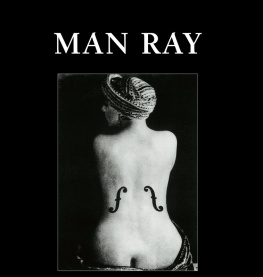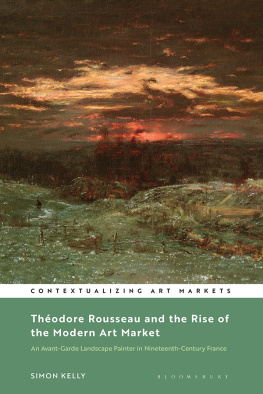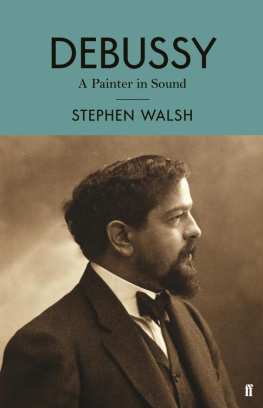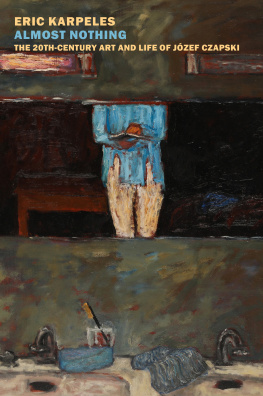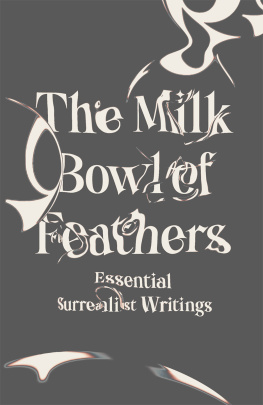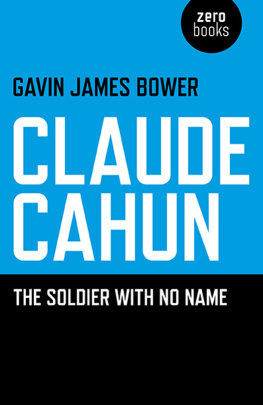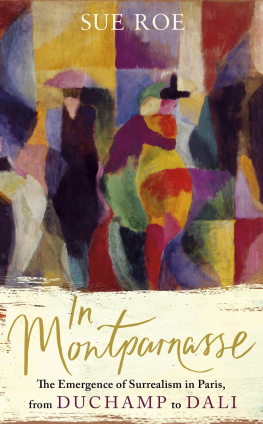
Confidential Concepts, worldwide, USA
Parkstone Press International, New York, USA
Estate Man Ray / Artists Rights Society, New York, USA /
ADAGP, Paris
ISBN 978-1-78160 -610-0
All rights reserved. No part of this book may be reproduced or adapted without the permission of the copyright holder, throughout the world.
Unless otherwise specified, copyright on the works reproduced lies with the respective photographers. Despite intensive research, it has not always been possible to establish copyright ownership. Where this is the case, we would appreciate notification.
Man Ray


Man Ray , 1931,
Solarization.
Photographer, artist, film-maker, poet, surrealist: Man Ray was one of the most versatile and prolific artistic figures of the century and someone who put his stamp on several emerging art forms. His versatility was not limited to his work in the studio, however. As a lover, he was associated with some of the most famous and talked-about women of modern times. As a photographer, he pursued women as if he were racing against time, endlessly framing and re-framing them to produce some of the most intimate and sensual images ever caught on film.
Some artists are sparing in their use of models, preferring to keep their sexual partners to themselves. Man Ray was the complete opposite. His paintings, and in particular his photographs, are the journal of his sexual and emotional development. In the process, he created some of the most eye-catching, sensual and graphic images of men and women ever created. Emmanuel Radnitsky, born in 1890 to a mother who liked to make her own clothes and a father who toiled in a garment factory, moved with his family from Philadelphia to New York and back again as his father looked for work. Young Emmanuel was followed by a brother and two sisters, the youngest of whom, Elsie, was his only real friend in the family. Young Emmanuel showed artistic leanings from an early age. So much so, that at the age of twenty-one, he felt sure enough of his future to leave Philadelphia and head for New York, in order to become an artist.
Part of the attraction of New York was the art gallery owned by the photographer Alfred Stieglitz, located on Fifth Avenue and Thirtieth Street. Stieglitz was an unapologetic missionary for modern European art, introducing the American public to the Cubist works of Picasso, as well as Rodin, Czanne, Renoir and van Gogh, breaking down barriers between painting, photography and other art forms. Stieglitz met Emmanuel Radnitsky and liked the look of him. At around the same time, Emmanuel was in the process of deciding on a change of name - to the altogether more manageable Man Ray. Man Ray enrolled at the Ferrer School of Art in 1912, where he fell under the spell of Robert Henri, whose encouragement to his students to draw at high speed struck a chord with Man Ray. It was a thrilling time to be a champion of Modernism.
Everyone was talking about Europe, seeking out the latest news and reviews from Paris. Man Ray soon made the acquaintance of Marcel Duchamp, who was to be his lifelong friend. He was stunned by Duchamps radical style, such as his Nude Descending the Staircase (1913), which was mockingly described in contemporary newspapers as a collection of saddle-bags, an explosion in a shingle factory or Slats Falling Down Stairs. Their friendship continued to deepen through 1915 as Duchamp worked on his even more breathtaking work The Bride Stripped Bare ( La Marie mise nue par ses Clibataires, mme. )

Kiki de Montparnasse , 1924,
Triple portrait, extract from Fernand Lgers
Ballett Mcanique, Photograph.

Long Hair,
Photograph, 40.5 x 30 cm,
Private Collection, Paris.
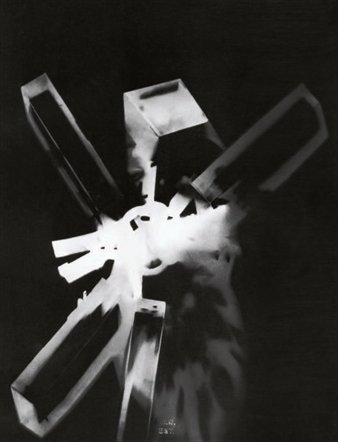
. Rayograph , 1923,
Black and white Photograph,
49 x 39.5 cm, Private Collection.
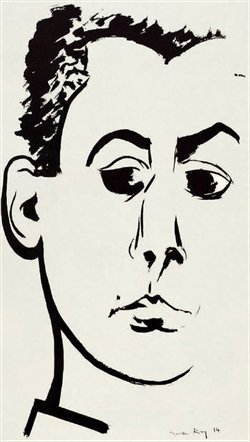
. Self Portrait , 1914,
Ink on paper, 42.5 x 30 cm,
Private Collection.
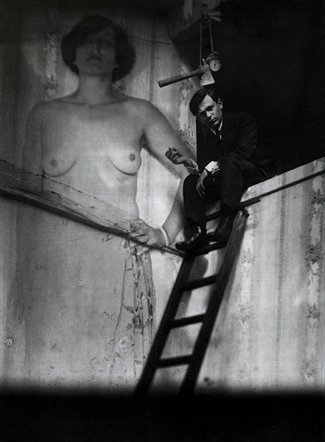
Tristan Tzara , 1921,
Photograph.
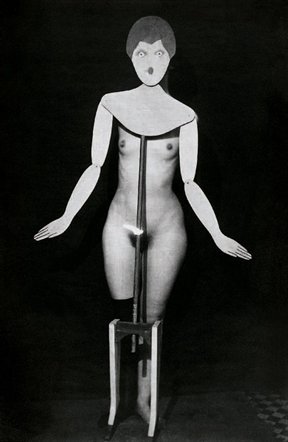
. Coat Stand , 1920,
Photograph, 23.7 x 15.6 cm.
A year later, in 1916, while war raged in Europe, Man Ray produced his own highly conceptual oil painting, The Rope Dancer Accompanies Herself with her Shadows . The influence was clear even from the narrative style of the paintings title. Man Rays relations with his parents were never easy. He regarded his father as too soft, and his mother as too hard, which made for an uncomfortable relationship. They tried to support his painting ambitions, but he never responded warmly to them. Instead, and perhaps to compensate for his difficult relationship with his mother, he embarked on a series of volatile relationships with women.
In 1913, at the age of twenty-three, Man Ray and his friend Sam Halpert rented a house in the small town of Ridgefield, New Jersey. He needed to be away from the city for a while, to give himself time to digest the full impact of his first exposure to Cubist art at Alfred Stieglitzs 291 Gallery. Stieglitz had urged him to attend the International Exhibition of Modern Art, known generally as the Armory Show. Man Ray needed little prompting to go and see for himself.
It was while he was staying in Ridgefield, painting Cubist-influenced landscapes, that he got to know the recently divorced Adon Lacroix. The former wife of Adolf Wolff was a tall, blonde poet from Belgium who spoke French. They met in 1913 and he pursued her with feverish intensity, pouring his innermost erotic fantasies into his private journal:
Oh, talk about the whole world and tell it in your own way. I am very quiet and interested when you talk that way... I unbind your strange pale hair which falls down about your strange pale face and rests on your pale shoulders. My hands tremble then as they tremble when I hold the pencil to draw from you.
He drew her, or drew from her, obsessively, creating conversations in his journal that he would have liked to have with her. I should like to draw from you very much if you were my wife. When you are my wife and I sit down to draw from you I shall not think about drawing. When you are my wife and I start to draw from you, I shall think about you then, when your hair is down I would stroke you. And while I stroked you, you would purr, purr, purr.
Next page
